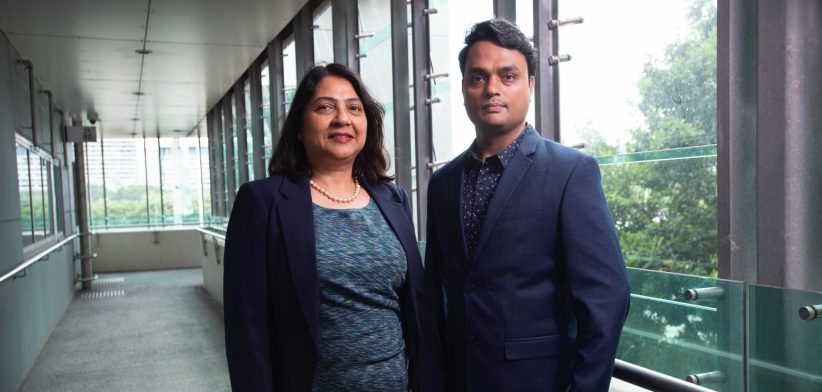Enhanced data mining can help speed up the process of returning ancestral human remains to countries of origin.
In a new study, QUT computer scientists explain how machine-based deep learning could be used to expediate the research process needed to return ancestral human remains of Australian and other Indigenous peoples held in anthropological collections.
Dr Md Abul Bashar, from QUT’s School of Computer Science, said the repatriation of the remains of the ancestors of Australian and other First Nations peoples depended largely on locating information within literature published between 1790 and 1970 documenting their theft, donation, sale, or exchange between institutions.
In a paper published in Social Science Computer Review – An Informed Neural Network for Discovering Historical Documentation Assisting the Repatriation of Indigenous Ancestral Human Remains – a research team including Dr Bashar and Professor Richi Nayak, also from QUT’s School of Computer Science, outlined how a machine learning-based solution could automate the process of finding and semantically analysing relevant texts.
“Digital library initiatives by national and major research libraries since the mid-1990s have made it possible to systematically search large historical corpora of books, journals, and newspapers,” Dr Bashar said.
“However, finding relevant information within these corpora is difficult.”
Supported by the Australian Research Council, Dr Bashar and Professor Nayak worked with academics from the Australian National University and University of Tasmania to support data scientists and social science researchers from the Research, Reconcile, Renew Network (RRR), who have developed and applied text mining techniques.
“The RRR researchers face a huge challenge as they work to assist First Nation communities in repatriating their ancestors’ remains from Western scientific collections,” Professor Nayak said.
“They endeavour to confirm the identity, current location, and other information necessary for a successful reburial. To do this, RRR researchers invest substantial time and intellectual energy in tracing the movement of the remains after they were stolen through an as yet only partially identified networks of collectors, donors, private sellers, commercial dealers, and scientists associated with museums and other institutions with anthropological collections.”
Professor Nayak said classification models, particularly deep learning-based models, could have low accuracy when trained with small amounts of labelled documents.
“To improve the accuracy of our detection model, we explored the use of an Informed Neural Network (INN) model that describes documentary content using expert-informed contextual knowledge,” Professor Nayak said.
“The results of our search confirm the value of using an INN network model for accurately and quickly identifying relevant documents related to the investigation of the global commercial trade in Indigenous human remains.”
Read the full paper online








